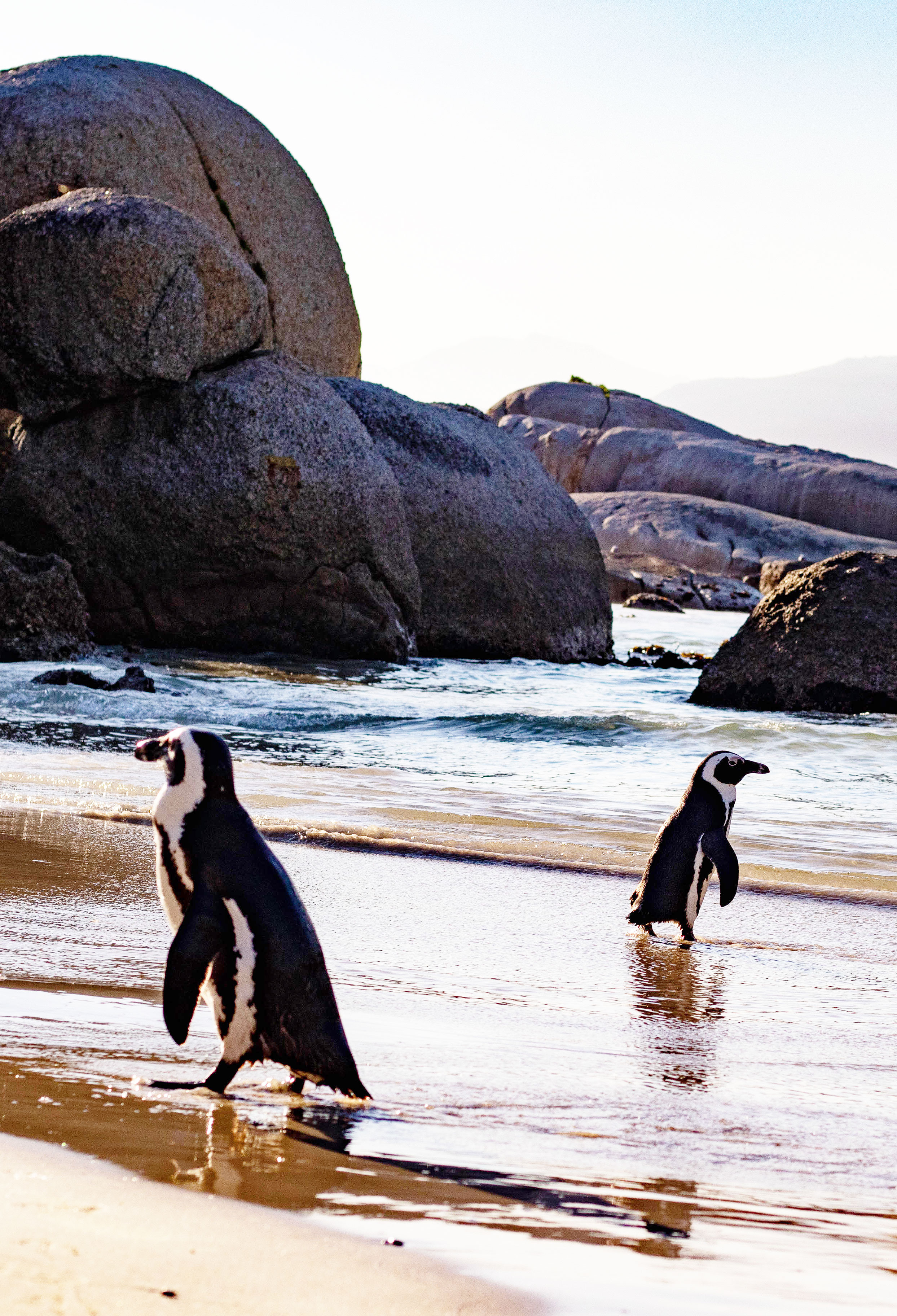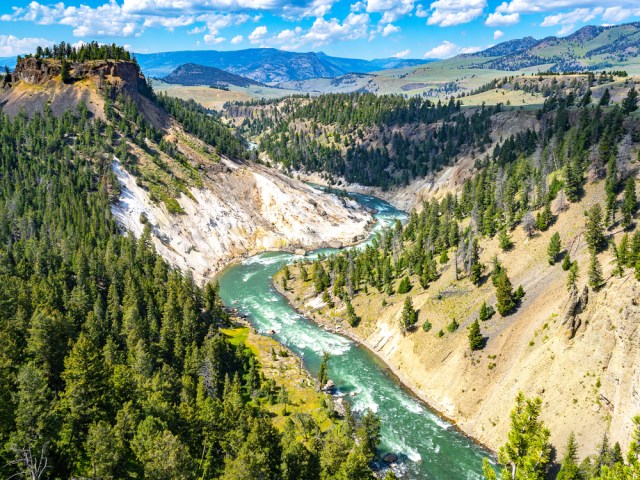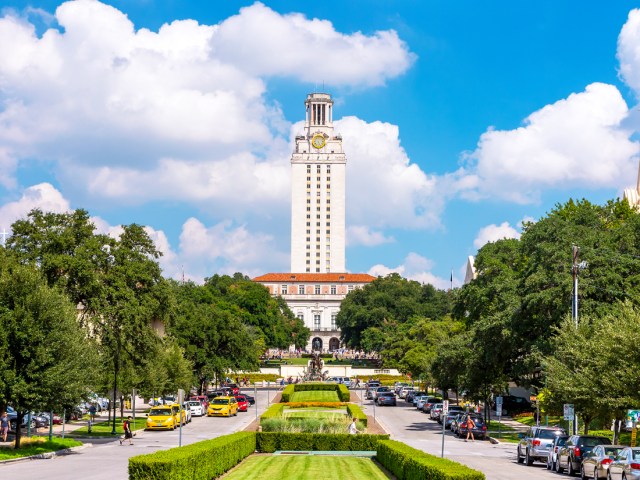While many of us may know Japan as the “Land of the Rising Sun,” the story behind that nickname is less often discussed. But it’s not just Japan that can claim a fascinating nickname — from the “Land of Poets” to the “Rainbow Nation,” countries all around the world are known by playful monikers that tie into centuries of history, geography, and culture. Here are the backstories behind six interesting country nicknames.
Japan – “Land of the Rising Sun”
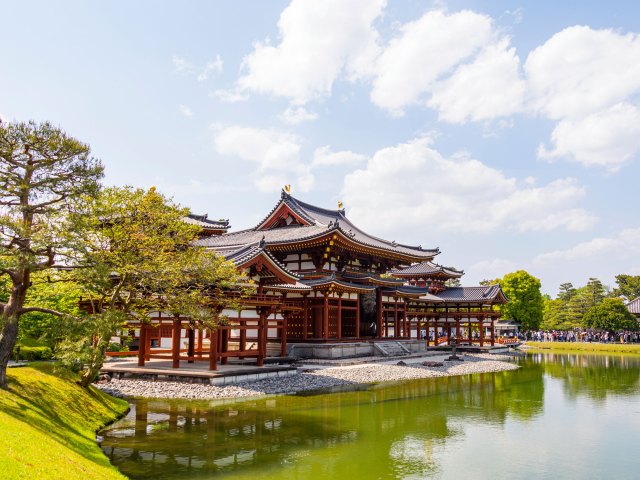
The nickname “Land of the Rising Sun” primarily refers to Japan’s geographic location, as it’s among the first countries to see sunlight on any given day. Prior to the seventh century, Japan was known as Wa, a name that, when written, implied “insignificance” in nearby China. In an effort to send a message to Chinese rulers during the seventh century, Japan adopted the new name Nippon, a word that translates to “the sun’s origin” in Japanese.
Japan’s association with the sun only grew throughout the following centuries. When Marco Polo visited China in the 13th century, Chinese locals informed Polo of a land called Ji-pang — meaning “sun’s origin” in regional dialect — located to the east in the direction that the sun rose. These terms were westernized in the years that followed, ultimately resulting in Japan’s “Land of the Rising Sun” nickname that we know today. Japan’s national flag even features a depiction of the sun.
South Africa – “Rainbow Nation”
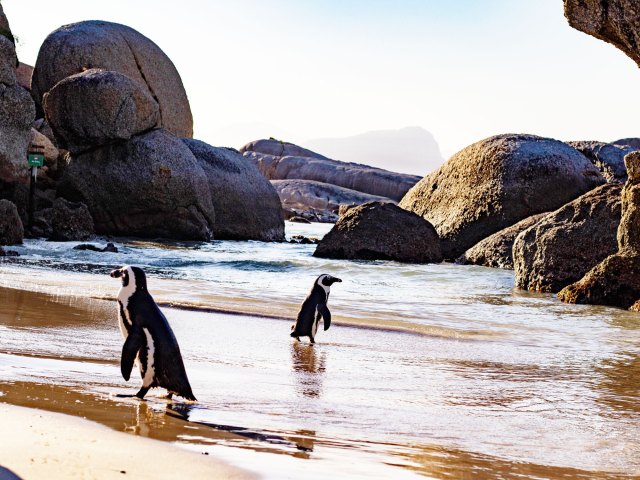
Archbishop Desmond Tutu first used the term “Rainbow Nation” to describe South Africa in 1994. It was in that same year that the country held its first multiracial national elections, resulting in the presidency of anti-apartheid candidate Nelson Mandela. While apartheid-era South Africa was deeply segregated, Tutu coined “Rainbow Nation” to describe his future vision for the country as a whole — he hoped that people of all ethnicities would thrive together and work to support one another’s best interests in the post-apartheid era.
Upon taking office, Mandela embraced the “Rainbow Nation” nickname, stating in his inaugural address, “We enter into a covenant that we shall build the society in which all South Africans, both black and white, will be able to walk tall, without any fear in their hearts, assured of their inalienable right to human dignity — a rainbow nation at peace with itself and the world.” This hopeful nickname persists today as a call for racial unity not just in South Africa, but around the globe.
Chile – “Land of Poets”
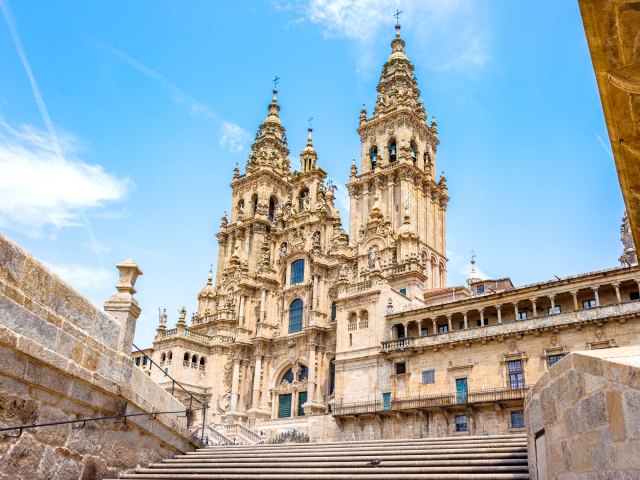
Despite its comparatively small population of around 19.5 million residents, around half that of California alone, Chile has produced a disproportionately large number of legendary poets. In fact, two such individuals won the Nobel Prize for Literature: Gabriela Mistral in 1945 and Pablo Neruda in 1971. Mistral — the first Latin American to receive the Nobel Prize in Literature — was known for her inspiring poetry collections including Desolación (“Despair”) and Ternura (“Tenderness”), while Neruda earned the Nobel Prize “for a poetry that with the action of an elemental force brings alive a continent’s destiny and dreams.”
However, it’s not just Nobel laureates who make up Chile’s rich poetry tradition — individuals such as Nicanor Parra perfected the literary art form as well, solidifying this South American nation as the true “Land of Poets.”
Iceland – “Land of Fire and Ice”
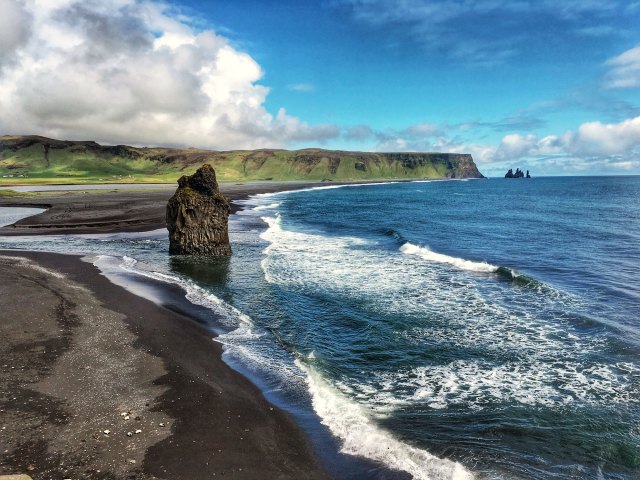
The story behind Iceland’s nickname is tied to the unique geological terrain of this Nordic nation. Iceland is known as the “Land of Fire and Ice” due to its combination of violent volcanoes and glistening glaciers that can be found throughout the country. This reputation as a meeting point of fire and ice dates back to when Iceland was first explored, as early 16th-century maps included elements such as polar bears floating on icebergs depicted alongside erupting fires elsewhere.
Today, around 269 glaciers cover approximately 11% of Iceland. Those glaciers are accompanied by over 100 Icelandic volcanoes, many of which are still active. All told, the Icelandic terrain exemplifies the extremes of hot and cold, making its “Land of Fire and Ice” nickname extremely appropriate.
Afghanistan – “Graveyard of Empires”

The nickname “Graveyard of Empires” refers to the historic difficulty that many nations have endured in attempting to conquer the area that makes up modern-day Afghanistan. While the historic region was successfully conquered by powerful rulers such as the Mongol Empire, many others have struggled to lay siege to Afghanistan. Great empires such as the Mughals came up short against the local Safavids in the 17th century, and even the British failed in their attempt to conquer Afghanistan during the First Anglo-Afghan War in 1842.
From 1979 to 1988, the Soviet occupation of Afghanistan proved to be a disastrous waste of resources for the U.S.S.R., with some claiming that the failed war contributed to the Soviet Union’s downfall shortly thereafter. Even the United States struggled to achieve their diplomatic goals in their 21st-century occupation of Afghanistan, as the “Graveyard of Empires” nickname remains relevant in modern times.
Malta – “Land of Honey”
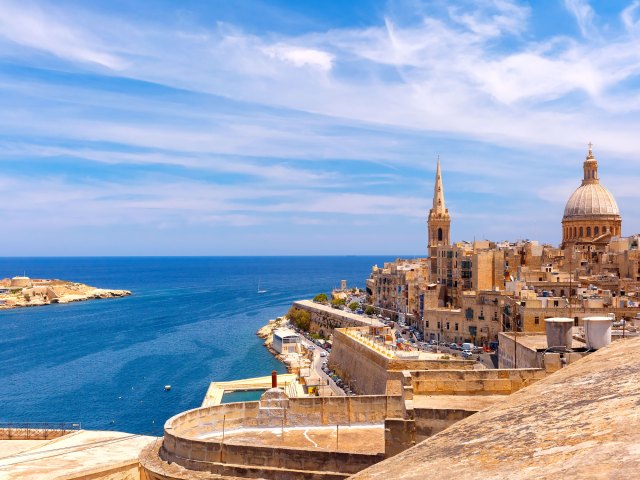
The Mediterranean is known for its indulgent and desirable food products, and Malta is no exception. This tiny island nation is heralded for its rich history of beekeeping, which dates back to the time of the ancient Greeks. The region was referred to in Greek as Melitē, a term translating to “honey sweet.”
As sea levels rose and segmented Malta from nearby Sicily, this “Land of Honey” became home to an endemic species of honey bee known as Apis mellifera ruttneri. These Maltese honey bees produced incredibly pure and delicious honey, though their population was decimated in 1992, thus necessitating the importation of non-Maltese bees. However, the Maltese honey bee remains the dominant bee species found on the island of Malta — and so the “Land of Honey” nickname remains relevant as ever.






